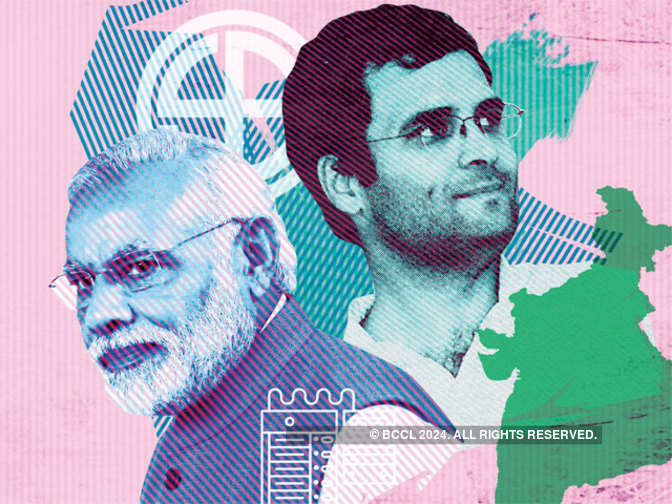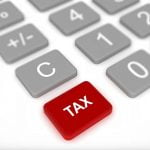
You’d think the Indian economy had returned to rosy health. It seems to have recovered from two enormous disruptions — Prime Minister Narendra Modi’s decision just over a year ago to withdraw 86 percent of the currency in circulation, and the poorly-planned rollout in the middle of 2017 of a new goods-and-services tax. Exports are no longer declining, as they had for several quarters; indeed, for the last month that data is available, they rose 30 percent. The Purchasing Managers’ Index expanded the fastest it has in five years. At least one international ratings agency has upgraded India’s credit rating.
Most importantly, growth sped up last quarter for the first time since early 2016. There’s every reason to think it’ll bounce back towards the 7-7.5 percent range shortly.
Nothing is ever straightforward in India, however. Just as growth appears to be no longer a pressing problem, another familiar threat has reappeared: India’s macroeconomic numbers don’t look quite as stable as they should.
QuickTake India’s Aspirations
The last few years have been something of an aberration for India. This is a country that tends toward pretty high inflation — which makes sense, if you look at it from a political economy perspective. Given India’s inefficient state, pumping up agricultural prices is pretty much the only reliable way to transfer resources to millions of subsistence farmers. Over the last few years, those price increases have slowed. Together with low demand and the fall in oil prices between 2014 and 2017, that helped drive inflation below the Reserve Bank of India’s target level of 4 percent.
Things now seem to be returning to normal. Crude oil prices started inching back up last year, along with Indian inflation, which was, in the last month for which data is available, 4.9 percent. The RBI seems convinced it’s going higher still.
Meanwhile, even Narendra Modi can’t defy India’s political economy forever. He’s under unaccustomed pressure following elections in his stronghold, the western state of Gujarat, which went down to the wire — a photo finish blamed on growing economic distress in rural areas. Most Indian politicians would respond with a giveaway or three; Modi’s predecessor, Manmohan Singh, forgave a chunk of agricultural debt when he was up for reelection in 2009. At the very least, the increases in administrated agricultural prices are likely to get considerably less stingy.
And this comes at a time when India is snowed under with sovereign and quasi-sovereign paper; it seems like practically every state government and public-sector company wants a piece of India’s bond market. In response to this flood of debt, the yield curve has steepened by a whole percentage point since July. And the government made things even worse by announcing at the end of December that it would borrow more money from the markets this financial year than planned — a fallout, perhaps, of uncertainty about revenues in the first year of the new indirect tax system. In other words, it’s not exactly the best time for Modi to be planning new spending.
So far, the sense in New Delhi is that the prime minister wants to hold the fiscal line. Perhaps he thinks he has the political capital to win reelection without a spending bonanza. Certainly, his government’s economic missteps don’t appear to have dented Modi’s personal popularity.
If he succumbs to profligacy, though, India will find itself in a sadly familiar situation, with growth stalling, costs increasing, the deficit ballooning and inflation pushing upward and embedding itself in people’s expectations. The central bank will be tempted to cut rates just as monetary policy in the rest of the world might be tightened. Capital would then be tempted to flow out of India — and suddenly even its external account will begin to look shaky. This is the scenario that policymakers in Delhi are worried about. For them, 2018 is not a very happy new year.
This column does not necessarily reflect the opinion of the editorial board or Bloomberg LP and its owners.
Mihir Sharma is a Bloomberg View columnist. He was a columnist for the Indian Express and the Business Standard, and he is the author of “Restart: The Last Chance for the Indian Economy.”
(Except for the headline, this story has not been edited by NDTV staff and is published from a syndicated feed.)



